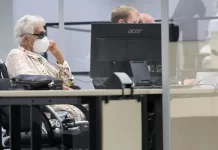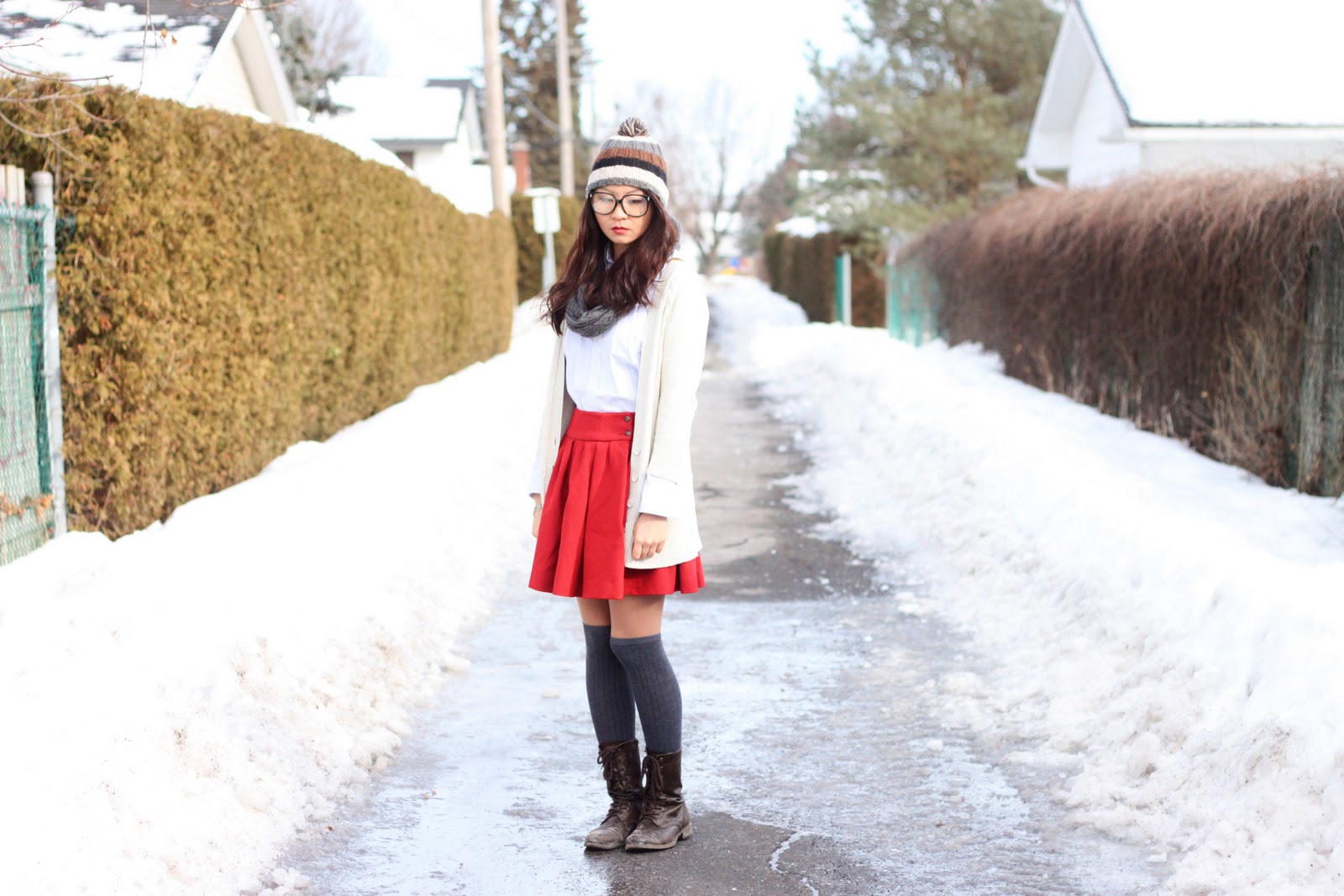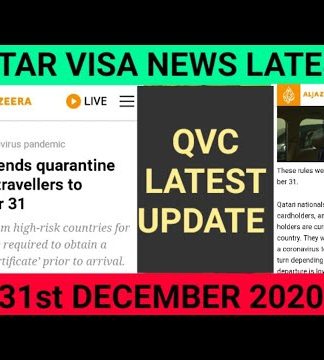Your eyes need protection from the sun’s intense ultraviolet rays.
You may feel less heat from that winter sun – but don’t be fooled. Those trendy sunglasses you bought last summer are just as important now. The sun’s rays can still do serious damage to your eyes, whether you live in snowy Chicago or sunny L.A.
“People don’t realize that just because the sun isn’t as intense or as hot, they need protection,” says Susan Taub, MD, assistant professor of ophthalmology at Northwestern University School of Medicine in Chicago.
The winter sun sits lower in the sky — and at a different angle — than during warmer seasons, she says. “That actually gives you more exposure if you’re out for a longer period of time, like at sports and other events,” she tells WebMD. “It can be damaging to various layers of the eye.”
Research shows that the sun’s ultraviolet (UV) rays can contribute to various eye diseases related to aging, like cataracts and macular degeneration.
Anyone who spends long hours outdoors, take note. “In reality, people need sunglasses all year long,” Taub says. “Anyone who has driven when there’s snow on the ground knows that. Even when there isn’t snow, you’re still at risk because of the glare coming off the cement.”
Because snow is reflective, up to 85% of the sun’s UV rays are reflected upward, according to the Vision Council of America. Also, the reflective qualities of snow make it difficult for skiers to see the slope as they descend, possibly causing injuries.
In the short term, those UV rays can cause sunburned eyes. In snow country, they call it snow blindness — and it’s a big problem for skiers and snowmobilers. Without eye protection, snow blindness can damage the cornea for up to a week. “The surface of the eyes are actually sunburned,” Taub says. “It’s usually very painful but heals within a week.”
Certain drugs also can make eyes and skin more sensitive to the sun’s rays — birth-control pills, sulfa antibiotics, diuretics, and tranquilizers. “You get sunburned in one-third or one-tenth of the time than usual,” she tells WebMD.
It’s happened to Taub: On one vacation, an hour in the sun left her with a big red welt, despite the sunblock she was wearing. The antibiotic she had been taking, the pharmacist later confirmed, was a photosensitizing drug.
Children are especially susceptible to UV-related eye problems, since they spend more time outdoors. “Sun protection for the eyes is important at every age,” Taub says. She recommends that children and teens have an eye exam every six months.
Adults should have an eye exam at least every other year, or see an ophthalmologist or optometrist sooner if any symptoms appear.
Wear protective eyewear with anti-reflective, polarized lenses that block out 100% of UV radiation, she advises. The UV code will indicate if sunglasses are protective. An ophthalmologist or optometrist also can measure UV protection using an instrument called a spectrometer, Taub says.
Source: Webmd



































